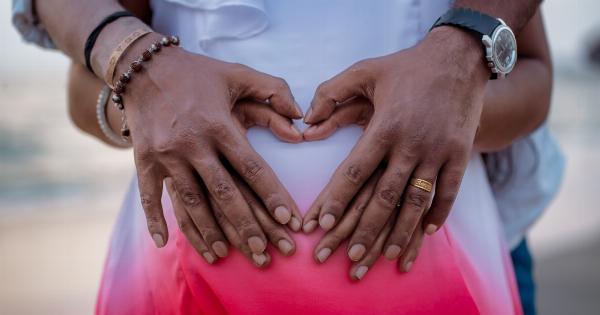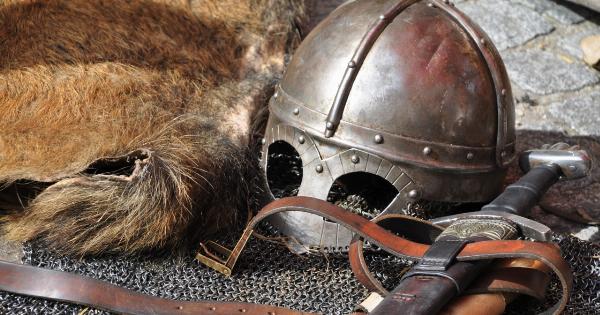Anemia is a health condition characterized by a decrease in the number of red blood cells, less hemoglobin in the blood, or both.
The hemoglobin is responsible for transporting oxygen from the lungs to the body’s tissues, and its deficiency can lead to fatigue, shortness of breath, and other symptoms. Anemia affects both men and women, but women are more likely to be diagnosed with this condition.
What are the types of Anemia?
There are several types of anemia, and each is caused by different factors. Knowing the type of anemia is crucial in determining the proper treatment. The main types of anemia are:.
Iron-deficiency anemia
Iron-deficiency anemia is the most common type of anemia, and women are more susceptible to it due to blood loss during menstruation, pregnancy, and childbirth. The body needs iron to produce hemoglobin, which carries oxygen throughout the body.
If the body doesn’t have enough iron, it cannot produce enough hemoglobin, resulting in anemia.
Vitamin deficiency anemia
Vitamin deficiency anemia is caused by a deficiency in certain vitamins, including vitamin B12 and folate. These vitamins are necessary for the production of red blood cells.
Women who follow a vegetarian or vegan diet and pregnant women are at risk of developing vitamin deficiency anemia.
Chronic disease anemia
Chronic disease anemia is a type of anemia that can occur as a complication of chronic diseases such as cancer, kidney disease, and HIV/AIDS. Chronic inflammation can interfere with the body’s ability to produce red blood cells, leading to anemia.
Women with chronic diseases are more susceptible to developing this type of anemia.
Hemolytic anemia
Hemolytic anemia occurs when the body’s immune system mistakenly attacks and destroys healthy red blood cells. Women are more likely to develop this type of anemia due to autoimmune diseases such as lupus and rheumatoid arthritis.
Aplastic anemia
Aplastic anemia is a rare type of anemia that occurs when the bone marrow fails to produce enough red blood cells, white blood cells, and platelets.
Women are more susceptible to developing aplastic anemia due to exposure to certain chemicals and radiation, as well as pregnancy.
What Causes Anemia in Women?
Women are more likely to develop anemia due to several factors, including:.
Menstruation
Women of reproductive age typically lose blood during menstruation, which can lead to iron-deficiency anemia if the body doesn’t get enough iron to produce hemoglobin.
Pregnancy
During pregnancy, a woman’s blood volume increases to support the developing fetus.
In addition, the fetus relies on the mother’s blood supply for oxygen and nutrients, which can lead to iron deficiency anemia if the mother doesn’t get enough iron to produce hemoglobin.
Childbirth
Childbirth can lead to blood loss, which can cause iron deficiency anemia if the body doesn’t have enough iron to produce hemoglobin.
Vegetarian and vegan diets
Women who follow vegetarian or vegan diets are at risk of developing vitamin deficiency anemia due to the lack of vitamin B12 in their diet.
Autoimmune diseases
Autoimmune diseases such as lupus and rheumatoid arthritis can lead to hemolytic anemia, where the body mistakenly attacks and destroys healthy red blood cells.
Chronic diseases
Chronic diseases such as cancer, kidney disease, and HIV/AIDS can cause chronic disease anemia by interfering with the body’s ability to produce red blood cells.
Environmental factors
Exposure to certain chemicals, radiation, and medications can lead to anemia in women, particularly aplastic anemia.
Treatment for Anemia
The treatment for anemia depends on the type of anemia and its underlying cause. Iron-deficiency anemia is treated by increasing the intake of iron-rich foods or by taking iron supplements.
Vitamin deficiency anemia is treated by increasing the intake of vitamin B12 and folate through diet or supplements. Hemolytic anemia is treated by suppressing the immune system, while chronic disease anemia is treated by addressing the underlying medical condition. In some cases, blood transfusions are necessary to treat severe anemia.
Conclusion
Anemia is a health condition that can affect both men and women, but women are more likely to be diagnosed with this condition due to several factors.
Iron-deficiency anemia is the most common type of anemia in women, followed by vitamin deficiency, hemolytic, chronic disease, and aplastic anemia. Understanding the underlying causes of anemia in women is critical to proper diagnosis and treatment.






























